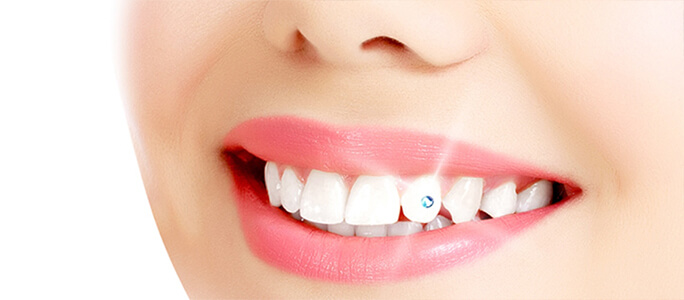
OVERVIEW-Dentures
Missing teeth can be replaced with artificial teeth which is called as dental prosthesis or denture. There are different types of dentures depending on their type
DESCRIPTION
Removal Partial Dentures:
These are also removable dentures which are made of acrylic. These are given only when few teeth are missing.
Advantages:
Generally less expensive,minimal tooth prepration, longer edentulous span can be restored.
Presicion Attachment:
These are the functional mechanical parts of the Removable partial denture made of plastic , metal or a combination of both. Precision attachment partial dentures can be used to restore arches where there are not enough teeth for fixed bridgework.
Complete Denture:
These are acrylic dentures which are given when all the teeth are absent in mouth. It is a removable type of denture.
Cast Partial Dentures :
These are made of metal framework with artificial teeth attached to it. It is a removable denture.
Cast partial dentures are for old age group patients for multiple tooth missing situation. The frameworks of these dentures are cast to fit the teeth. Since they sit on the teeth, as well as being attached to them, they are extremely stable and retentive. The largest single advantage that cast metal framework partial dentures have over the other types of partials is that sore spots are almost never an issue since neither the framework, nor the plastic extensions contact the soft oral tissues with any force! Patients who exhibit the symptoms of TMJ, or who are known bruxers are much better off with cast metal partials
Flexible partial dentures:
The flexibility of these dentures provides several advantages over the traditional RPD alternatives made of rigid, acrylic plastic resin. look realistic, stay securely in place and be more comfortable to wear.
These dentures provide a comfortable and successful alternative to traditional RPDs. They are thin, lightweight and resistant to fracture.
Post and Core:
It is a type of dental restoration used either to stabilize a weakened tooth or provide an anchor for a crown.
it consists of the insertion of a small rod (known as a “post”) into the root space after a root canal treatment of an affected tooth, leaving millimeters protruding. The protrusion is then used to support a large filling, or anchor a crown.
















